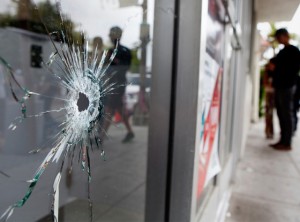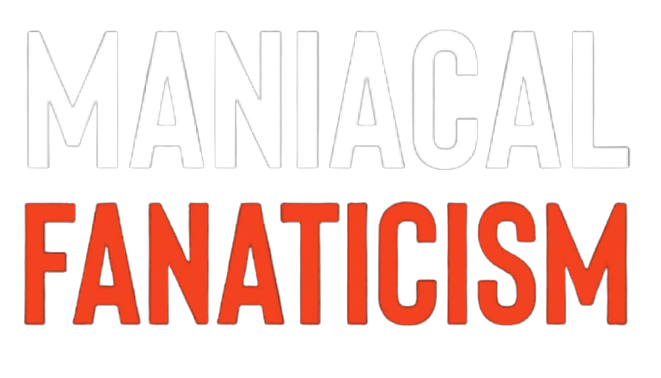 On May 24, 2014, the unthinkable happened. Six people were gunned down by the merciless hands of a rampaging lunatic. Elliot Rodger’s actions on that day irreversibly and inexplicably changed hundreds of lives. His twisted and convoluted fantasy unfortunately found its way into our reality. There is no question that we all believe he was evil, warped and sick. In debate after debate, experts hypothesize why and how this could have happened. They engage in wild conjecture, in an effort to determine how someone could have become so inhumane.
On May 24, 2014, the unthinkable happened. Six people were gunned down by the merciless hands of a rampaging lunatic. Elliot Rodger’s actions on that day irreversibly and inexplicably changed hundreds of lives. His twisted and convoluted fantasy unfortunately found its way into our reality. There is no question that we all believe he was evil, warped and sick. In debate after debate, experts hypothesize why and how this could have happened. They engage in wild conjecture, in an effort to determine how someone could have become so inhumane.
Our society thrives on stability. What scares us is not just the horrific and inexcusable act. What scares us is not knowing how to predict it. Predictable acts of violence, like war, are devastating enough. But unpredictable, random and uncoordinated violence is downright nuclear.
Isn’t it confusing? Haven’t we accounted for this? We have outlawed bullying. We have banned fighting. We have created a culture of zero tolerance. You would think that our societal zero tolerance would have suppressed such behavior. Aggressive, inappropriate and unwanted behaviors should have been annihilated in the kindergarten cafeteria. But of course, it isn’t that simple.
20 years ago, there was no zero tolerance. It didn’t exist. During those times, these types of heinous acts didn’t seem to happen. Kids were allowed to, within reason, fight it out. When there was a conflict or confrontation is was dealt with swiftly. Those kids were disciplined, not ejected. They were educated, not rejected. They were reformed, not ignored.
Their perverse and wayward ways were not allowed to proliferate outside of the confines of the school structure. Expelling a child for fighting may sound like the right call. But maybe the right call is to find out why he’s fighting. Maybe the right call is to find out why he’s hurting. Maybe the right thing to do is understand why he thinks he needs to use violence to achieve his goal. That requires tolerance, not zero tolerance.
This is a complex tragedy and it cannot be simply explained by one seemingly unrelated policy. The problem with random violent acts is that they are random violent acts. We will try to analyze and explain them away, but sometimes we can’t predict what we can’t predict.
However, there are things that we can predict. We can predict that not engaging these marginal personalities early in their development will proliferate their oddities. We can predict that a bully will remain a bully until he or she gets that first school yard beat down. We can predict that the more we marginalize the fringes of our youth, the more the fringes of our youth will be marginalized.
Instead of ignoring problem children, we need to double down when we see they are having problems. We need get to them early and often. We need to seek them out and let them know we are watching them. We need to let them know, we will not sit idly back and let them become monsters. It is for these things that we should have zero tolerance.
Slightly different,
doc mu
